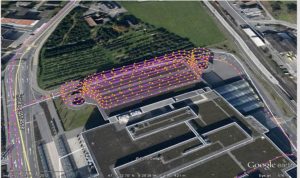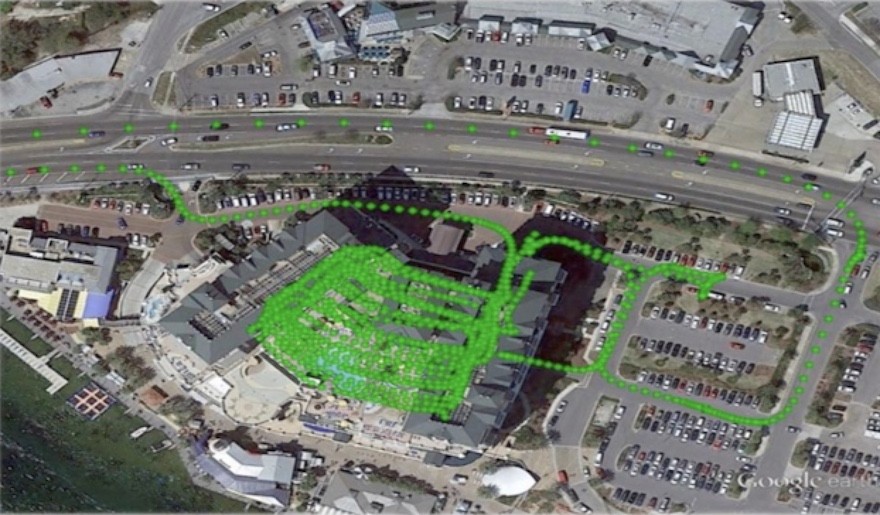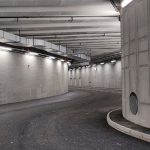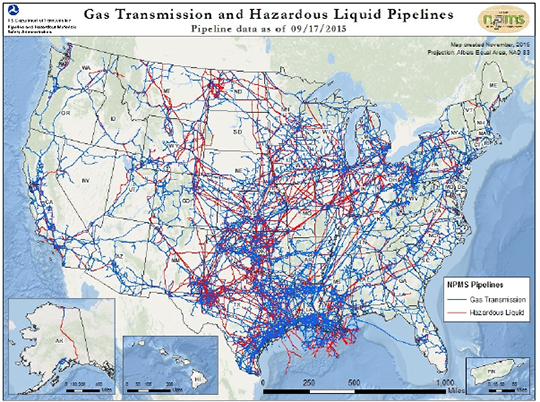Three different low-cost sensor integrations, covering vehicle navigation in a range of environments, will be covered in a February 12 webinar, “Automotive-Grade GNSS + Inertial for Robust Navigation.”
Attendees will learn about the options available under both GNSS-centric and inertial-centric paradigms. In both realms, low-cost sensors now accomplish so much more than they ever could before. Registration is free at this link.
Vehicle navigation for actively engaged drivers represents today’s largest, fastest growing segment for positioning technologies. Of the three possibilities covered in this webinar, two combine GNSS and MEMS inertial, with different advantages alternately for favorable or unfavorable sky/signal conditions. A third exploits completely GNSS-denied environments.
Low-cost sensors can meet requirements for map-matching, telematics and fleet-vehicle tracking, functioning in challenging environments such as urban canyons, tunnels and parking garages. A consistent and reliable positioning on the meter level, capable of withstanding 5 to 10-minute outages, answers this growing need.
Finally, for environments completely denied of GNSS signal availability, such as underground mines or construction in tunnels, new applications of inertial technology bring improved results without significant sensor costs.
The expert panel will guide the audience through the intricacies of GNSS-inertial integration from three varying yet complementary vantage points:
- a sensor-agnostic software that uses inertial measurements to wring precision out of carrier-phase GNSS—not pseudoranges—without connecting to vehicle systems;
-

3D positioning in parking garage with no GNSS an automotive dead reckoning solution employing tightly coupled GNSS, MEMS accelerometers and gyros, and various vehicle sensors, that can continue to operate without GNSS;
- a constrained inertial system that provides a full solution in a completely denied GNSS environment: underground!
Register here for the free webinar.
The panel:

Andrey Soloviev
Andrey Soloviev, Ph.D., is a principal at QuNav. His research and development interests focus on sensor-fusion and signal-processing implementations for GNSS-degraded and GNSS-denied applications. He is a recipient of the Institute of Navigation (ION) Early Achievement Award and the RTCA William Jackson Award.

Philip Mattos
Philip Mattos, PhD., is a positioning technology expert for u-blox, with degrees in electrical engineering from Cambridge and Bristol. He is a deep technical expert in GNSS, personally having designed hardware and software for GPS, Galileo, GLONASS and BeiDou systems. He served on Galileo advisory groups in Brussels for the European Commission, was a visiting research fellow at Bristol University, a visiting professor at University of Westminster, and previously worked as technical director and fellow applying GNSS knowledge to chipsets for satnavs, cars, asset tracking and more, for over 25 years. He was awarded the Royal Institute of Navigation Gold Medal for 2017.

Jussi Collin
Jussi Collin is CEO of Nordic Inertial (JC Inertial Oy) and adjunct professor at Tampere University. He received the M.Sc. and Dr.Tech. degrees from the Tampere University of Technology, Finland, specializing in inertial navigation algorithms. His research interests are in modern machine learning methods and their industrial applications in the field of inertial sensing.






